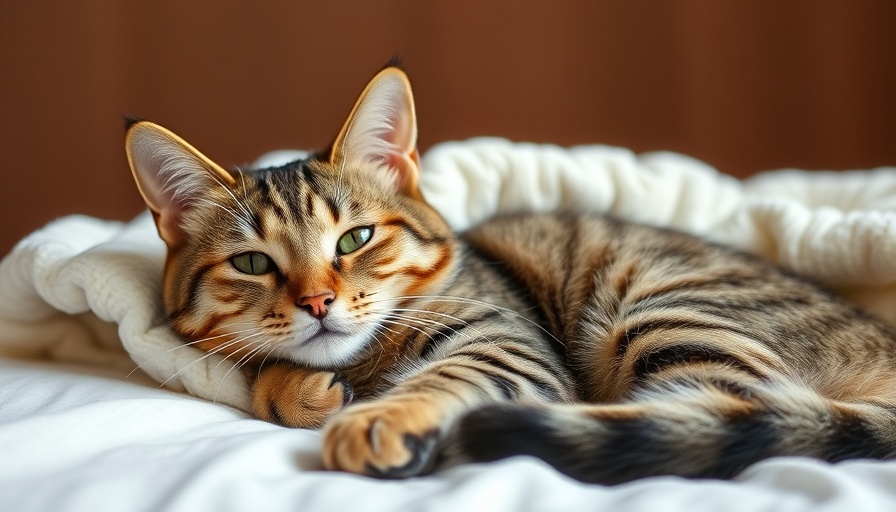
The Ultimate Choice for Pet Owners: The Cannes Alu-Strong Collar
For pet lovers who want what’s best for their furry companions, the Cannes Alu-Strong Collar stands out as a premier choice in the world of dog collars. Crafted from premium cow nappa leather, this collar emphasizes luxury, comfort, and durability—all essential attributes for any loving dog owner. Available in vibrant colors like orange, the collar not only serves functionality but also makes a stylish statement.
Why Quality Matters in a Dog Collar
When choosing a collar, the quality of materials is crucial. The Cannes Alu-Strong collar is made from particularly soft and elastic cow nappa leather, ensuring that it feels gentle against your dog’s skin and won’t irritate their coat. Its lightweight aluminum fastener complements the high-quality leather, providing a secure yet comfortable fit. The combination of these premium materials makes this collar excellent for everyday use, and since it’s made in Germany, you can trust in the craftsmanship and attention to detail.
Adjustable for Ideal Comfort
One of the standout features of the Cannes collar is its easy adjustability. It’s available in multiple sizes, allowing you to find the perfect fit for your dog’s neck, which ranges from 11.81 inches to 25.59 inches with options for medium, large, and extra-large sizes. The stepless adjustable design means that you can tailor the fit even if your dog’s neck size fluctuates—a common occurrence for puppies or those who may gain weight with treats and more.
Redefining Style with Functionality
Pet owners often face the dilemma of choosing between aesthetics and functionality in pet products. The Cannes Alu-Strong Collar successfully merges both. The collar not only provides a robust fastening solution with its aluminum clasp but also offers a sleek look that enhances your dog's style. Whether you’re taking your pup on a walk or attending a dog-friendly function, this collar is sure to turn heads.
Utilize Your Collar for More than Just Leash Time
Beyond being a tool for securing your dog while on walks, collars contribute to the overall safety of your pet. With an easily accessible area for attaching identification tags and microchips, the Cannes collar ensures your pup’s safety if they were to wander off. Many pet owners overlook the importance of hidden functionalities within a collar; knowing that this one provides both safety and style gives you one less thing to worry about.
Expertly Crafted for Longevity
With any investment in pet accessories, longevity is essential. The Cannes Alu-Strong Collar reflects Hunter's commitment to quality. As a family-owned business in Germany, Hunter has prioritized durable products since 1980. This collar is designed to withstand the everyday wear and tear that comes with pet ownership while providing maximum comfort. The attention to detail in its production ensures it will stand the test of time, becoming a staple in your pet's wardrobe.
Valuing Customer Experience
Reviews for the Cannes Alu-Strong Collar reflect high customer satisfaction. Users have praised the quality, comfort, and stylish design. Many have noted how quickly their orders were fulfilled and how swiftly delivery was processed. Positive customer feedback is essential for any product, ensuring you can make an informed decision before making a purchase.
Take Action for Your Pet’s Comfort
If you're seeking a high-quality collar that balances style, comfort, and efficiency, the Cannes Alu-Strong Collar is the ideal choice for your pet. Don’t wait any longer; assess your needs today, prioritize your dog’s safety, and elevate their style with a collar that truly performs. Visit your nearest pet store or check online to make this fantastic collar a part of your dog’s everyday look!
 Add Row
Add Row  Add
Add 




Write A Comment